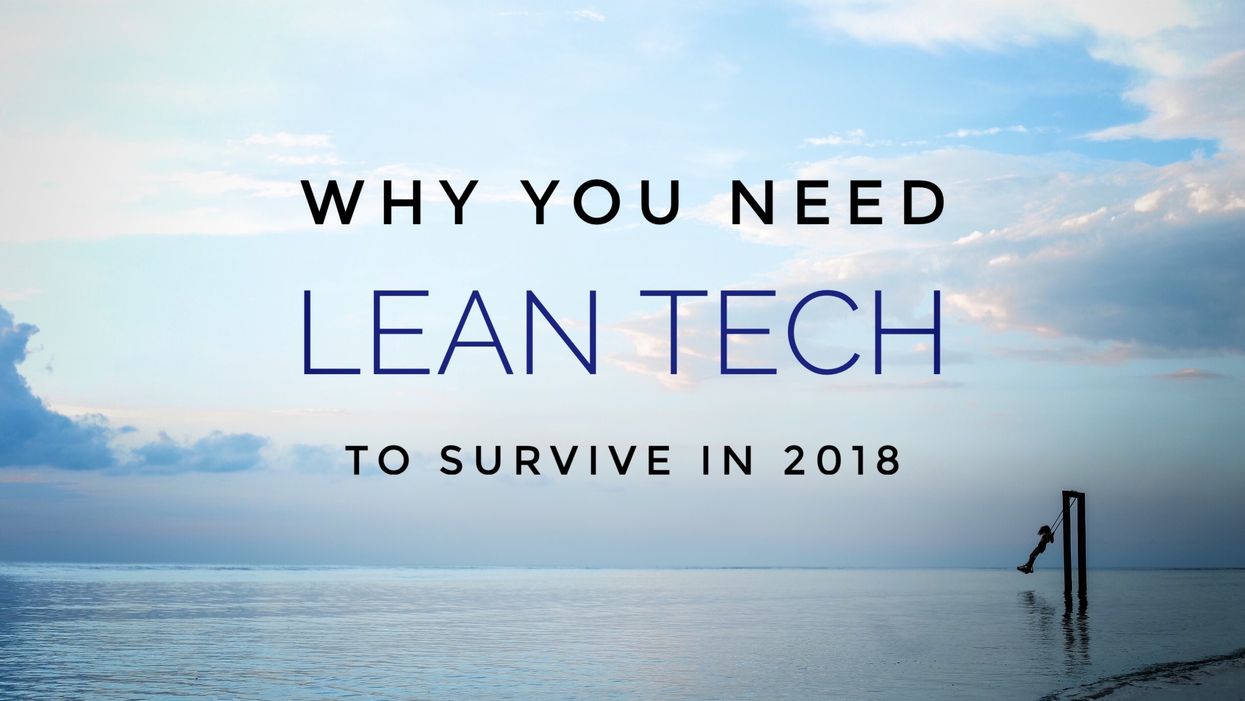The concept of content distribution has done a few somersaults since the start of 2018. Facebook's family and friends algorithm shift in January put publishers in a panic about how to maintain visibility in the News Feed. Just a little over a month later, the popular new media company LittleThings shuttered its digital doors, citing a dramatic loss of its audience thanks to the algorithm change.
The closure of LittleThings was a manifestation of publishers' worst nightmare, particularly for those dependent on Facebook's audiences to drive revenue both on and off social. Also in February, Google Chrome's much-anticipated ad-blocking plugin launched, extending a long rollout of an ad-free internet. Between the new Chrome and Facebook's algorithm juggling, a resurgence in search has been sparked. But publishers' woes don't end there as Google continues to refine its own algorithm amid the chaos. The search engine's updates so far this year are complicating strategies for everyone still scraping to win back referrals lost following Facebook's dramatic shift in priorities.
The twists and turns taking place within the first nine weeks of 2018 mean it's time for publishers to rethink how they're building audiences and generating revenue. Your natural inclination may be to start doubling down on dev teams who can try to build a unique experience to help you stand out above the noise. But it's actually the opposite: Lean tech is the way to cut through content saturation, and saving costs is the new revenue stream. We've boiled it down into two steps:
- Invest in Good Writers: Brands must completely re-evaluate their budgets so more cash is devoted to content creators instead of tech. Quality writers and social curators can put the right amount of focus on content creation that sparks engagement. It's time for brands and publishers to build experiences that captivate attention spans in place of simply peddling streams of "shiny objects" in front of audiences.
- Invest in Platform Diversification: Once you have the right people in place, conversation-starting content can then be used to diversify and create multiple streams of social revenue. Diversifying across platforms begins with adjusting both your organic and paid strategies so they speak to each social outlet's strength. Playing each platform's game is a way for publishers to create multiple opportunities to acquire new audiences and build a strong foundation for organic loyalty.
Diversification is particularly important for big brands who have relied on Facebook's algorithm to maintain reach in the past. Brands, along with publishers and influencers, can no longer take the easy way out. Good content and platform diversification are the only ways to win in today's social climate.
Let's check in on some of the major platforms and review their current monetization opportunities that you should be taking advantage of:
Recent Updates: Just when you thought Twitter was dead in the water, the internet's doorstep for everyone's opinions has made a comeback. After Facebook's big algorithm update at the beginning of the year, engagement became the metric to watch — and Twitter gets plenty of it. The platform saw double-digit engagement growth and a 14% increase in daily users by the end of 2017. Twitter's video ad program, Amplify, also grew 60% last year.
Publishers are feeling the impact of Twitter's increase in daily users and engagement, with some brands seeing their video views increasing fivefold. While Twitter may not have the same kind of referral numbers as Facebook and Google, publishers on the platform are not slaves to a puzzling algorithm that can often feel impossible to keep up with, let alone beat. Investing organically and experimenting with Twitter's own ad experience could be what your brand needs to move the needle on social ROI.
Monetization Focus: Experiment with video. Discover targeted audiences organically and via promoted tweets.
YouTube
Recent Updates: YouTube has already established its place in the social ecosystem just as video-streaming services are becoming the default way to consume entertainment. Before its shutdown, LittleThings was obtaining 75% of its views from Facebook Live. But just because the algorithm changed, doesn't mean there's an adequate audience for Live video. And that's why YouTube is a great pivot. The platform has recently made changes and enhancements to its live streaming services, including live chat, location tags, and captions, which all make it easy to optimize the format.
The streaming platform has also recently updated its monetization policies, and is now enforcing stricter rules on the benchmarks users have to meet to make money off of their videos. While this was a blow to smaller channels, it's good news for advertisers who were getting burned from having their ads show up before inappropriate videos.
Monetization Focus: Video advertising, and relatable, engagement-worthy live content.
Recent Updates: Following the Facebook algorithm update in January, the shift of advertising dollars to Instagram is expected to be in the multimillion-dollar range. This is great news for publishers seeking to rev up their monetization opportunities on the platform, especially since Instagram gets more user engagement than both Twitter and Facebook. And as mentioned earlier, engagement is the metric to watch.
Instagram recently announced plans to add carousel-type ads to Instagram Stories, which topped 300 million daily users at the end of 2017. While the platform's growth has been exponential, it's still nowhere near as saturated as Facebook, which leaves room for publishers and advertisers alike to achieve unobstructed visibility in front of active audiences.
Monetization Focus: Instagram Stories, niche audience discovery, and thoughtful influencer marketing.
Recent Updates: Many publishers might consider the algorithm update to be doomsday for ROI on Facebook. But the reality is, it's a shift to focus on quality content. And that might mean a major shift in strategy for a lot of publishers. The platform made personalization and customer experience its primary concern after the fake news fallout of 2016. That's when Facebook began a rollout of quality control updates, including de-prioritizing third-party links featuring annoying ads that slowed down site speed. The latest major algorithm change is only a continuation of that experience prioritization, and it's the number one reason why this dramatic shift will be good for the digital ad industry over the long haul.
Leveraging content that sparks conversation is the number one way to win back eyes in the News Feed and start seeing returns. While platform diversification is key moving forward, it's still important to play Facebook's game. Utilizing Instant Articles can help bring in revenue with every publish. Also, it's important to note that the algorithm change had no impact on Facebook's Ads Manager. Still, publishers should focus on quality writers and perfecting user experience to win on the platform.
Monetization Focus: Instant Articles, Live video, and conversational content.
How We Can Help
RebelMouse is a media-minded agency that offers a powerful CMS built on lean tech. We can overhaul your entire digital strategy so that your content is supported by innovative technology set up for successful monetization on each platform. Request a proposal today to get started.


